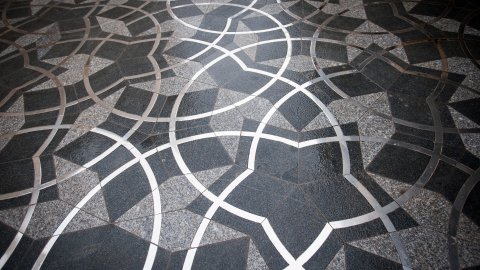14:30
Rainbow Connectivity
Abstract
An edge (vertex) coloured graph is rainbow-connected if there is a rainbow path between any two vertices, i.e. a path all of whose edges (internal vertices) carry distinct colours. Rainbow edge (vertex) connectivity of a graph G is the smallest number of colours needed for a rainbow edge (vertex) colouring of G. We propose a very simple approach to studying rainbow connectivity in graphs. Using this idea, we give a unified proof of several new and known results, focusing on random regular graphs. This is joint work with Michael Krivelevich and Benny Sudakov.


